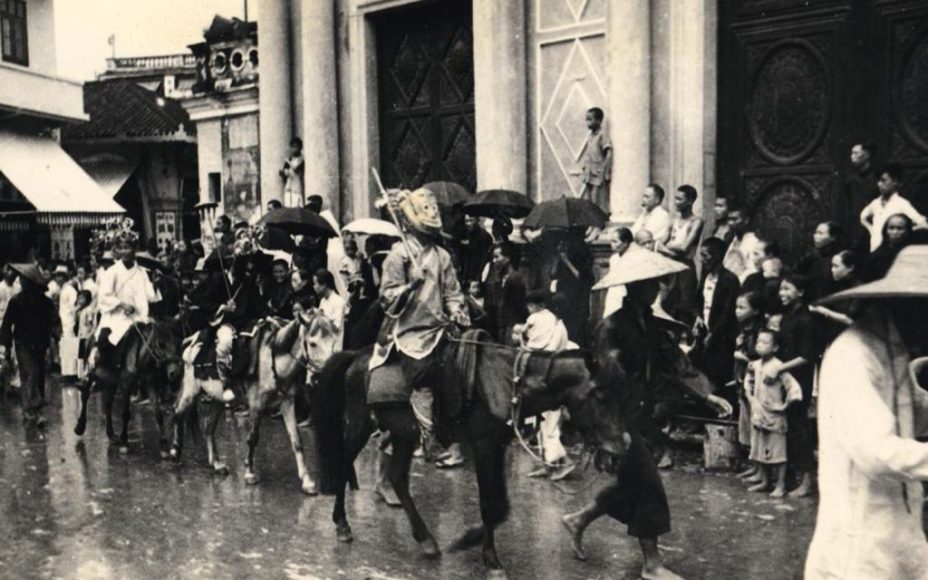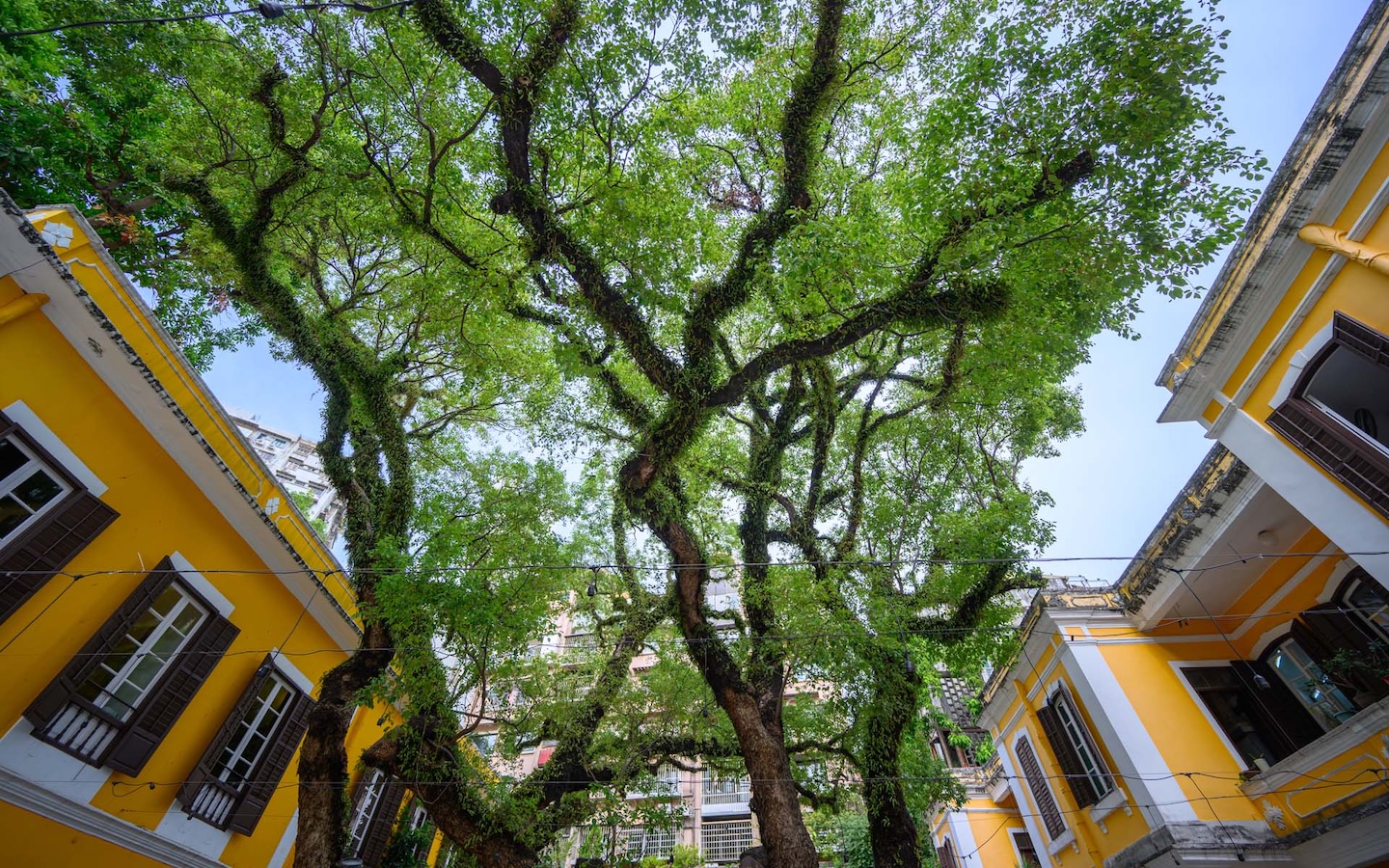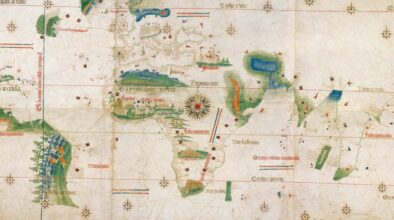Time spent in Macao always evokes a strong sense of nostalgia. This is a city where the old and new collide, making it easy to imagine travelling back in time. To August 1715, perhaps, the day the Italian Jesuit and artist Giuseppe Castiglione first set foot in the territory. Or to the Macao’s border gate in September 1839, alongside local officials and 100 soldiers there to welcome the Imperial Commissioner of the Qing dynasty, Lin Zexu.
With help from the online platform Macau Memory, you can be transported back in spirit. A treasure trove for history enthusiasts, this multimedia archive allows visitors to explore historical photographs, personal narratives, cultural artefacts, oral histories and interactive virtual exhibitions that bring old stories of Macao back to life.
Macau Memory was launched in 2019 by the Macao Foundation, and is one of many ways the foundation promotes the city through cultural, social, economic and educational initiatives. The project aims to foster a sense of belonging and pride in residents by curating a journey through history for the modern age. Testament to Macau Memory’s success, it received a Star of Discovery award at UNESCO’s most recent World Heritage Committee conference – which took place this past July in New Delhi, India.
“This recognition highlights that we have a ‘Macao solution’ that can contribute to the international community in the realm of heritage education,” Wu Zhiliang, one of Macau Memory’s initiators, told Macao magazine. “It was also a meaningful gift to celebrate the 75th Chinese National Day and the 25th anniversary of Macao’s reunification.”
The long-serving president of the Macao Foundation’s board of directors (and the author of many Macao-related books), Wu sees the city’s historical significance as far surpassing its pint-sized landmass and population. “There has always been a demand for a common space for everyone connected to Macao, whether they currently live here or have once called it home, to bring their memories of the city to life,” he says.
Delving into the archives
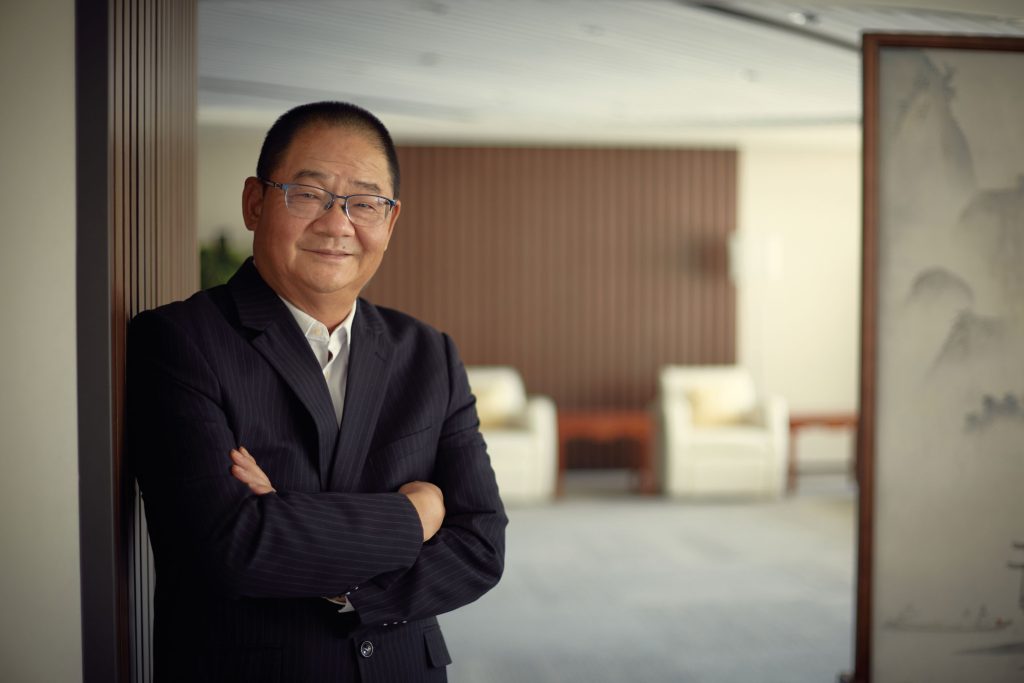
Wu and his team came up with the idea for Macau Memory in the early 2000s, while attending a UNESCO Memory of the World conference. “We observed that many countries and territories had been investing in similar projects by digital means,” Wu says. “These projects carried the same purpose. To enhance the sense of belonging and cohesion among their citizens.”
Curating historical materials for the Macau Memory site is a meticulous, highly inclusive operation. Since its inception, the Macao Foundation has worked with local associations, educational institutions and international organisations to both learn from their experiences and gather materials. Initial guidance was sought from counterparts in Beijing, Hong Kong and Taiwan. The team also received generous support from religious associations such as St. Joseph’s Seminary, the Society of Jesus and even the Vatican Apostolic Library, which together supplied more than a thousand historical images and documents as well as several hundred old maps.
As the project gained momentum, the National University of Singapore (NUS)’s namesake museum and the Hong Kong Maritime Museum jumped on board. Through sharing historical maps and geographical drawings, these collaborators have helped enrich the archive of Macau Memory to provide users with a more comprehensive understanding of Macao’s historical context.
A storytelling platform for all
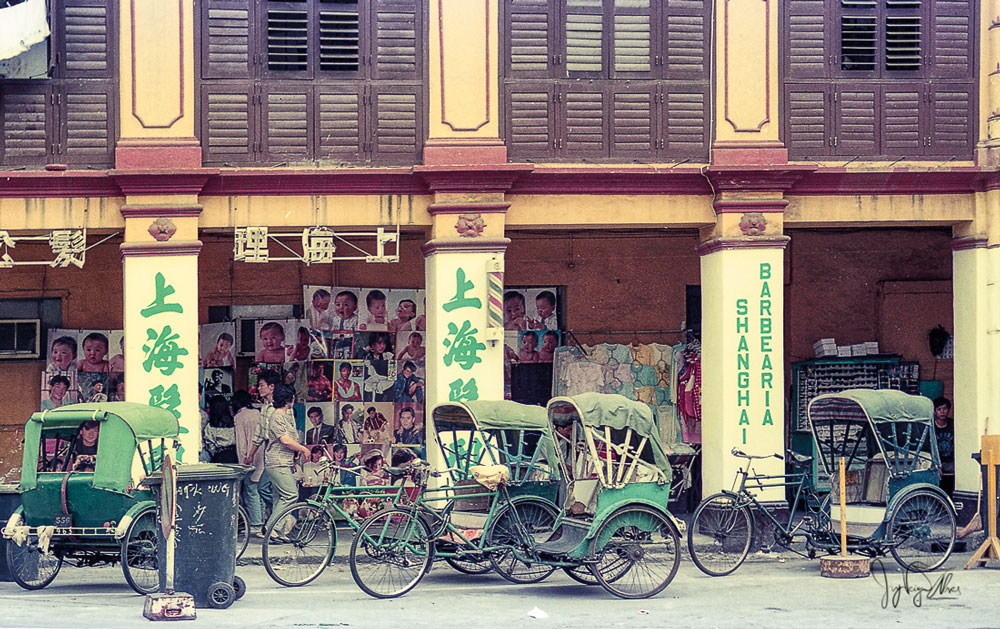
When visitors enter the Macau Memory site, they are met by an intriguing old map of Macao. Users can look for specific content using keywords in the search bars or explore by clicking on categories like ‘Time’, ‘Space’ and ‘Media’. Navigating the site unearths historical events and imagery from Macao’s past; expect vintage street scenes, daily life and old artefacts like toys, chess sets and school certificates.
“As long as visitors know the when, where or how of the specific piece of history they’re interested in, they should be able to find it quite efficiently,” Wu explains proudly.
Macau Memory could have been a passive repository of documents, but its creators had far bigger ambitions. “We don’t want Macau Memory to be just a database for researchers or a resource for students completing assignments,” says Wu. “Our goal is for Macau Memory to be a platform where everyone can actively participate in its creation by sharing their memories and experiences.”
To achieve this, the team has also sourced material from regular people, happy to share their personal memorabilia for the greater good. To date, over 200 individuals (and 100 institutions) have contributed to the project. This approach has seen Macau Memory gain long-scroll landscape paintings that depict the city during the mid-Qing period, and a special collection of photographs taken by Portuguese photographer José Neves Catela in the 1930s, capturing the daily lives of residents. Treasures like these ensure that while there is an academic aspect to the archive, it’s also rich on a human level.
Macau Memory has employed a number of interactive strategies to foster engagement with its audience. There are online quizzes, voting initiatives and community talks. According to Wu, the platform has organised around 150 in-person discussions to date, on topics ranging from religion to the city’s urban development. These sessions have proven incredibly popular. Macau Memory is also active on a number of popular social media channels.
Wu describes the platform as dynamic, allowing community traditions and narratives to be passed down to future generations and spread across the world. “The unique historical significance of Macao is not just a source of pride,” he says. “We believe that if our experiences are shared widely, they can have a direct positive impact on building a community of shared destiny for people around the world.”
Macau Memory reminds Wu of an old Chinese saying: “Rain moistens everything gently and silently.” The proverb implies that while positive influences can be subtle, their impact strengthens over time. “As we continue to build our digital collection, our ability to tell Macao’s story grows ever stronger,” Wu explains.
Future directions

As the project continues to evolve, efforts are underway to enhance its accessibility and reach, including through the launch of a sister-site called School Memory that chronicles Macao’s local schools’ history. For example, visitors can learn how Fathers Germán Alonso and Luigi Minella founded Colégio Mateus Ricci back in 1955, for the children of immigrants from the mainland. They can also find rare photographs of student performances dating back to the 1950s, and digital copies of early graduation records. The Macau Memory team plans to eventually include more content in Portuguese and English, so that Macao’s story will be able to resonate with a broader audience.
But Wu says it’s the art of storytelling itself – whatever the language – that is the most crucial factor for projects like Macau Memory. According to him, this entails conveying both a “message and morals”.
“With the Macau Memory website, I believe we’ve established a foundation that enhances our chances of sharing the Macao story that people inside and outside the city can understand.”
